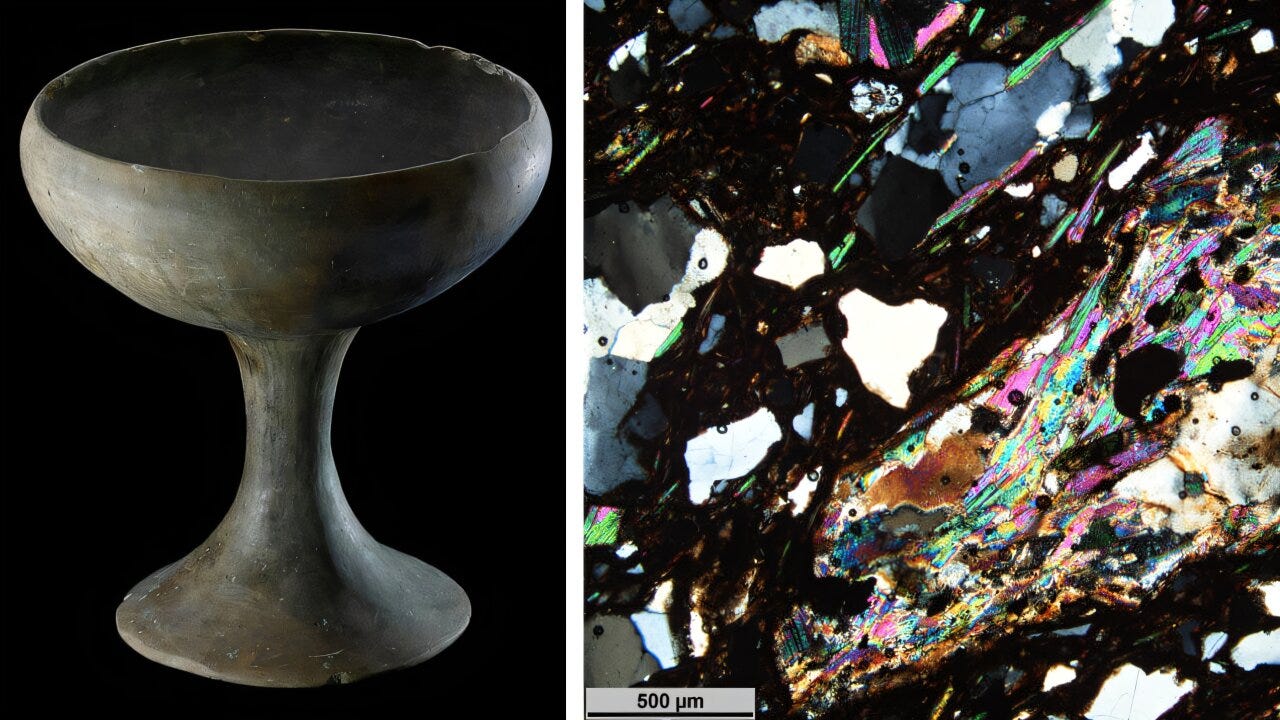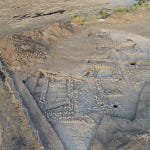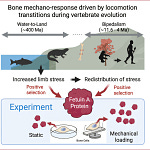A civilization written in clay
The people of El Argar, who thrived in southeastern Iberia nearly four millennia ago, did not leave behind grand inscriptions or sprawling palaces. Their story is written instead in clay—uniform vessels, precisely shaped and fired, that populate burials and settlements from Murcia to Granada. These pots, once dismissed as humble domestic ware, are now revealing a sophisticated social order that reshaped Bronze Age Europe.

A new study published in The Journal of Archaeological Science1 by Carla Garrido-García and colleagues at the Universitat Autònoma de Barcelona (UAB) has redefined what those pots mean. Through a sweeping geoarchaeological survey and chemical fingerprinting of raw materials, the team found that most pottery excavated from El Argar’s major centers was not made locally at all. Instead, it was produced in specialized workshops located along the coastal mountains of southeastern Spain and then distributed throughout the region.
The finding upends decades of assumptions that every El Argar community made its own ceramics from nearby clay. Instead, it paints a picture of a society in which production was coordinated, resources were managed from above, and artisans were integrated into a larger system of political control.
“The homogeneity of El Argar pottery is not a matter of shared taste—it reflects an economic strategy,” says Dr. Lucía Hernández, an archaeometrist at the University of Seville. “What looks like simplicity hides a centralized mechanism of power, logistics, and ideology.”










